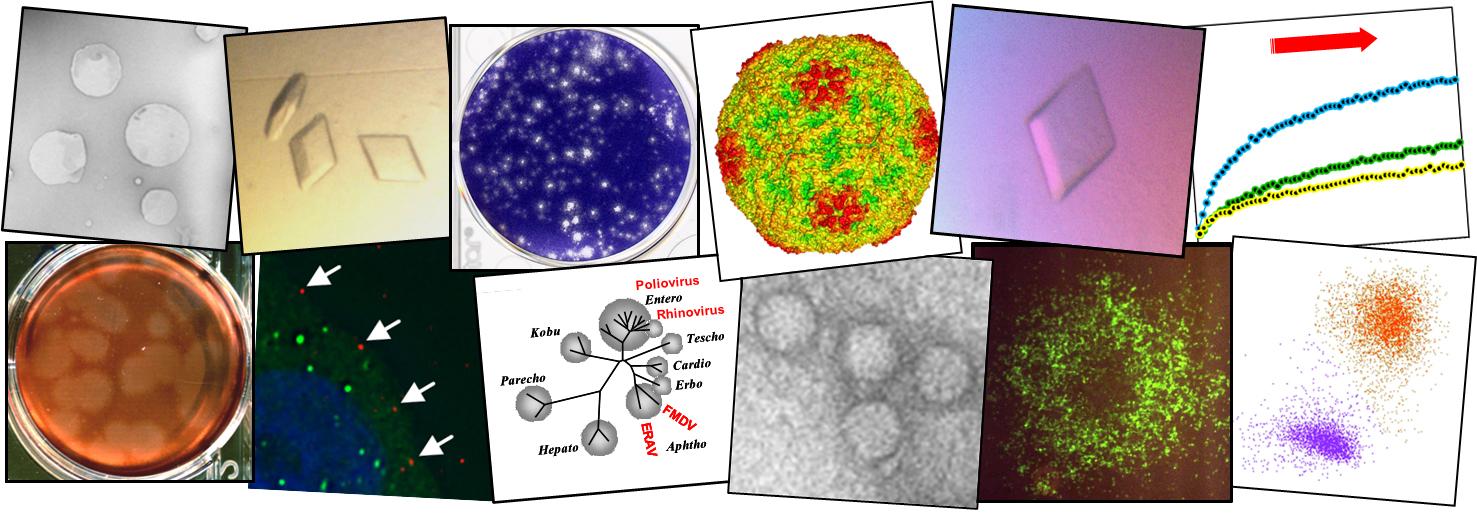Generation and characterisation of recombinant FMDV antibodies: Applications for advancing diagnostic and laboratory assays
Foot-and-mouth disease (FMD) affects economically important livestock and is one of the most contagious viral diseases. The most commonly used FMD diagnostic assay is a sandwich ELISA. However, the main disadvantage of this ELISA is that it requires anti-FMD virus (FMDV) serotype-specific antibodies raised in small animals. This problem can be, in part, overcome by using anti-FMDV monoclonal antibodies (MAbs) as detecting reagents. However, the long-term use of MAbs may be problematic and they may need to be replaced. Here we have constructed chimeric antibodies (mouse/rabbit D9) and Fabs (fragment antigen-binding) (mouse/cattle D9) using the Fv (fragment variable) regions of a mouse MAb, D9 (MAb D9), which recognises type O FMDV. The mouse/rabbit D9 chimeric antibody retained the FMDV serotype-specificity of MAb D9 and performed well in a FMDV detection ELISA as well as in routine laboratory assays. Cryo-electron microscopy analysis confirmed engagement with antigenic site 1 and peptide competition studies identified the aspartic acid at residue VP1 147 as a novel component of the D9 epitope. This chimeric expression approach is a simple but effective way to preserve valuable FMDV antibodies, and has the potential for unlimited generation of antibodies and antibody fragments in recombinant systems with the concomitant positive impacts on the 3Rs (Replacement, Reduction and Refinement) principles.


